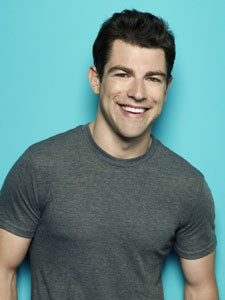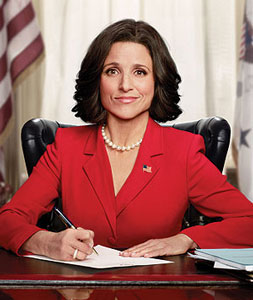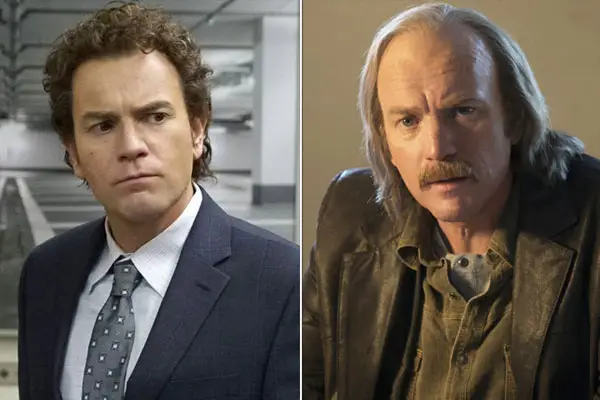 As anyone working in television can tell you, for every ultra-successful television series like Seinfeld, Friends, CSI, or NYPD Blue there are dozens of shows that don’t make it past their first seasons — and dozens more that never make it past their first pilot episode.
As anyone working in television can tell you, for every ultra-successful television series like Seinfeld, Friends, CSI, or NYPD Blue there are dozens of shows that don’t make it past their first seasons — and dozens more that never make it past their first pilot episode.
And while that is the breaks of show business, pilot season — the period between January and March in which scripts for new television series are considered and, in a handful of lucky cases, put into production — is often an intense period of gambling for television actors, who might work on several potential pilots over pilot season and end up with nothing come May, when studio executives decide on which pilots will go forward with a full-season order for a fall debut.
An insightful article from New York Magazine written by producer Gavin Polone details how stressful the pilot season is for everyone involved, and how networks might go about revamping it to bring higher-quality shows to their channels.
Polone explains that since the big four networks are all casting pilots at the same time (with other channels, like the CW, joining the frenzy as well), a handful of actors who might be considered draws are spread over the twenty-plus pilots at once, with a single big-name casting director committing talent to as many as five different series gambling on the hope that at least one will get picked up. But since that casting director is not only pressed for time but likely working from a stable of familiar actors, the director often ends up casting from the same group of actors year after year (to illustrate his point, Polone asks, “Doesn’t it seem like Alex O’Loughlin, Natalie Zea, and Breckin Meyer have been in at least half of the pilots produced in the last ten years?”)
Yet even the actors who are “lucky” enough to be considered for such roles are trying to nab as many potential roles as possible in the hopes that one series will make it to air.
But what if none do?
Indeed, Polone uses an actress he knows as an example, and explains that in one year, “She auditioned for 30 pilots, reading directly for the producers, and was called back five or six times; she then had five “studio tests” (where she auditioned for the studio execs before being brought to the network execs); she was subsequently cut from one project at this stage and tested for the network execs on the remaining four, landing the part on one of them … which didn’t make it to series.” That’s a lot of work with ultimately nothing to show for it (and little compensation). With many of those auditions only using one or two scenes from the pilot episode (and the actors aren’t given full scripts), it’s difficult for the actors to get into any character on any substantial level, making it even more difficult to land a role. And of course, Polone admits that he can’t pretend that producers and networks don’t pick favorites.
Ultimately, Polone seems to feel there has to be a better way to go through pilot season for everyone involved, and he simply suggests that networks be more open-minded about developing and launching new series outside of the usual production windows. He suggests that this would producer better-quality material on many levels since it isn’t all concentrated during a universal three-month development period. After all, networks have successfully launched shows outside of the typical fall window, so it’s not like doing so more regularly is outside the realm of possibility. With cable channels — which tend to have varying production schedules — often having some of the best shows on television, Polan believes that making pilot season last year-round would be a way to revitalize network television.
And let’s be honest: with some of the awful shows that make it to air only to be yanked after a handful of episodes (The Playboy Club, anyone?) there has to be a better way to produce new shows that will actually draw audiences.




